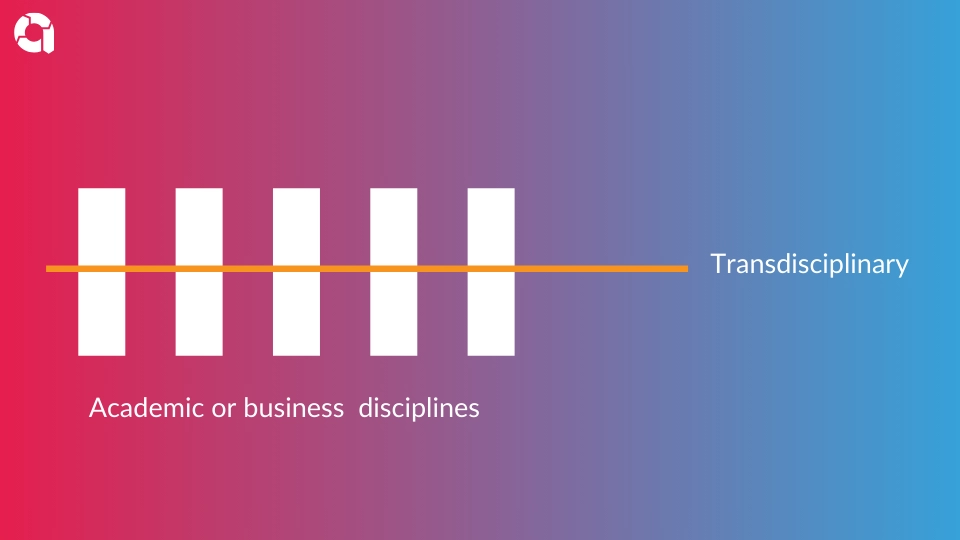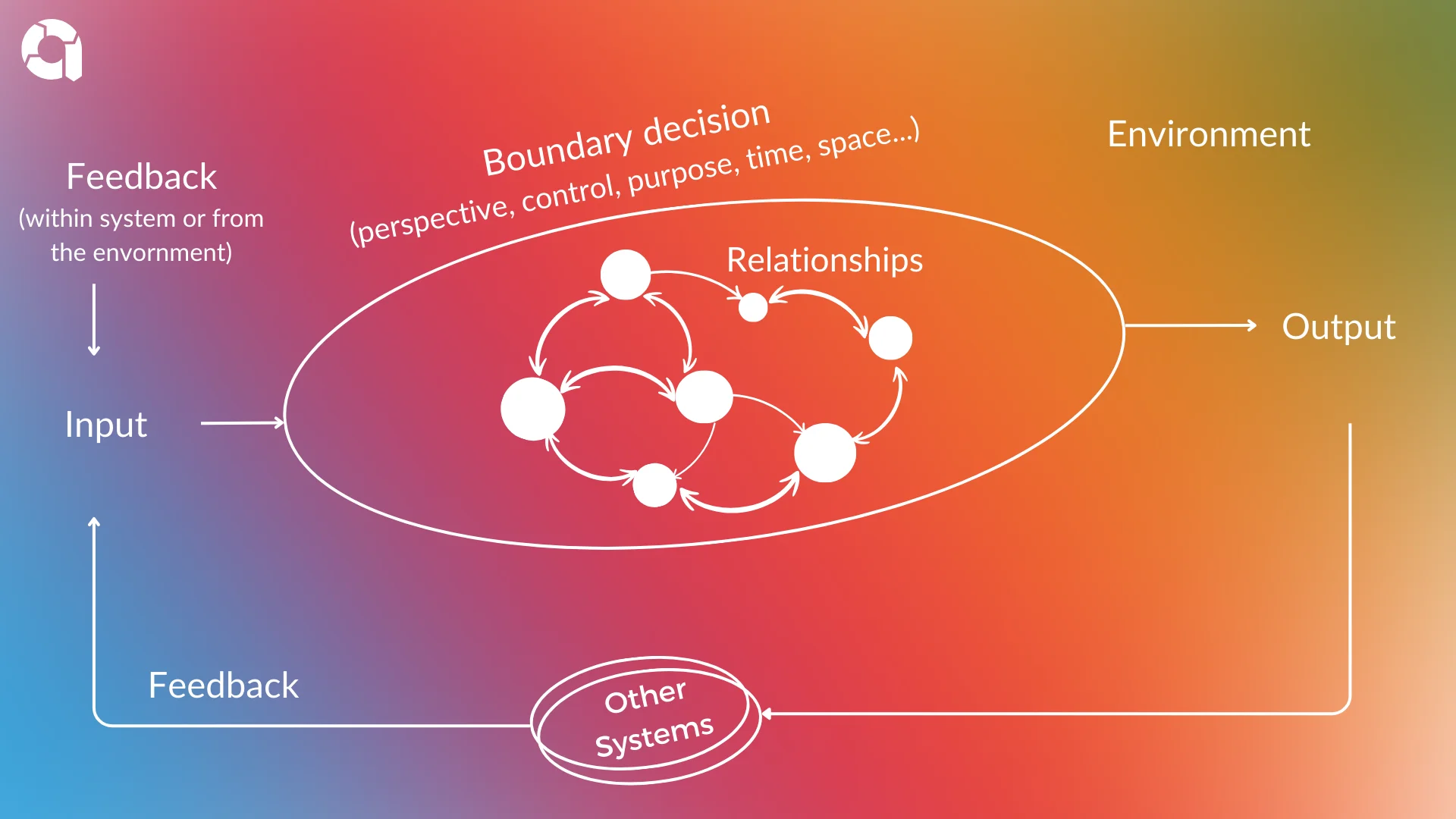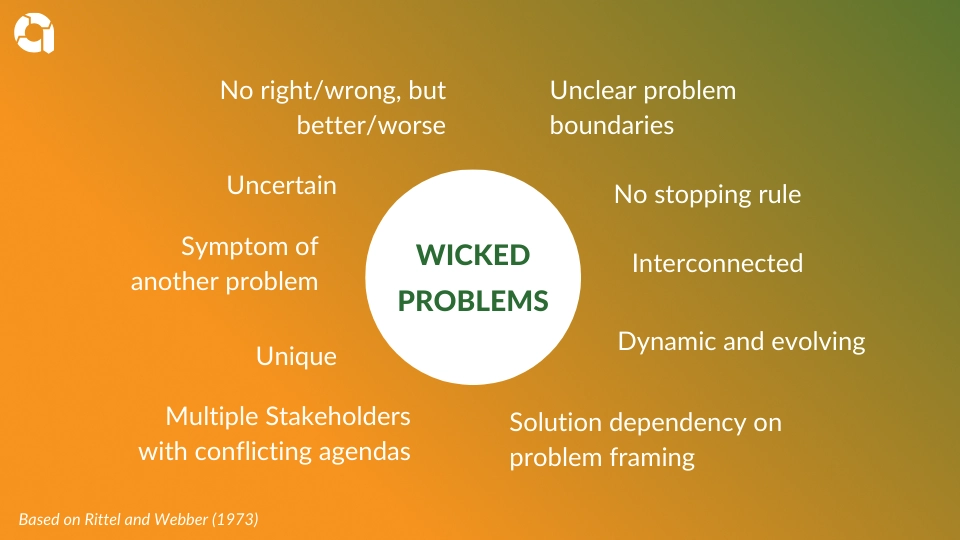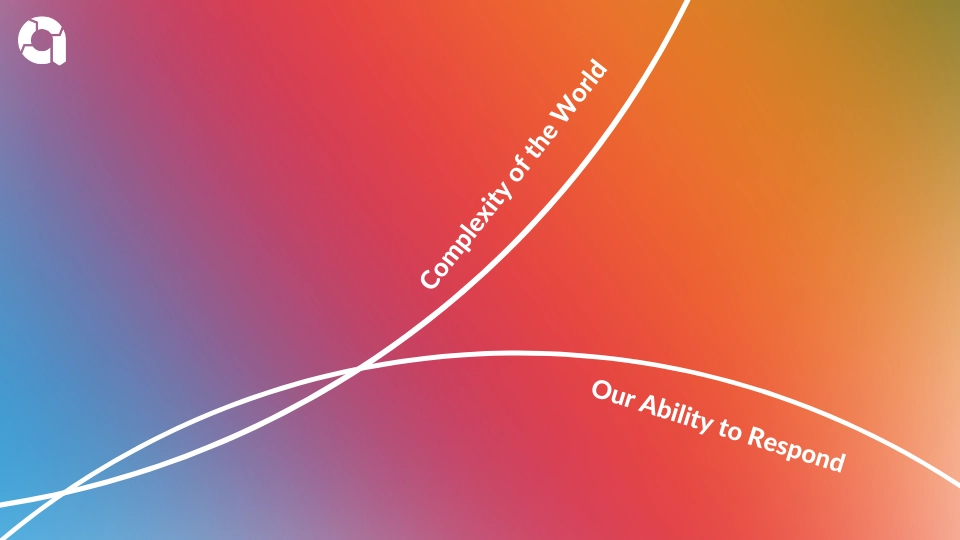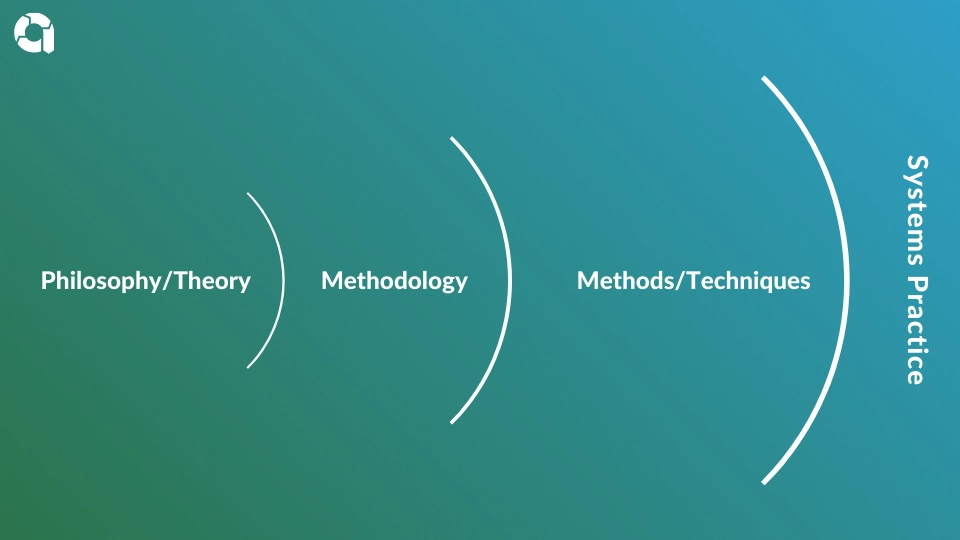Register your interest for the September session now and enjoy exclusive savings!
Certification
Overview
Pathway to expertise: Unveiling the system thinking certification journey.
MICRO CREDENTIALS
Modular Learning
Upskill and earn systems thinking micro-credentials incrementally to advance your career.
Training
Calendar
Ready to level up your experience and unlock new possibilities? Explore our public training calendar.
Digital Badge
Digital Badge Program
Make a powerful impression and showcase your accomplishment on your favourite social media platforms.
Business Solutions
Transform your business using systems thinking and let us guide you on this exciting journey.
Training Partner
Explore our training partner program for in-house rollout: develop, upskill, and empower your team through systems thinking.
Systems Leadership
Elevate your teams’s leadership skills – Discover our Systems Leadership training program.
Request a Private Class
Invest in your team’s growth and enhance problem-solving abilities that drive innovation.
Blog
Unleash the power systems thinking with our captivating blogs.
News & Press
Read the latest news and updates about Systems Thinking Alliance.
Glossary
Learn clear and concise explanations of essential system thinking terminologies.
Newsletter Archive
Access past editions of our insightful Systems Thinking newsletters here.
Brand and Guidelines
Discover how we enrich our brand through the implementation of inspiring design guidelines.
About Alliance
Our mission is to help individuals and organizations make transformative changes by embracing systems thinking.
Contact Us
Need assistance or have a query? Reach out to us, we’re here to help!

